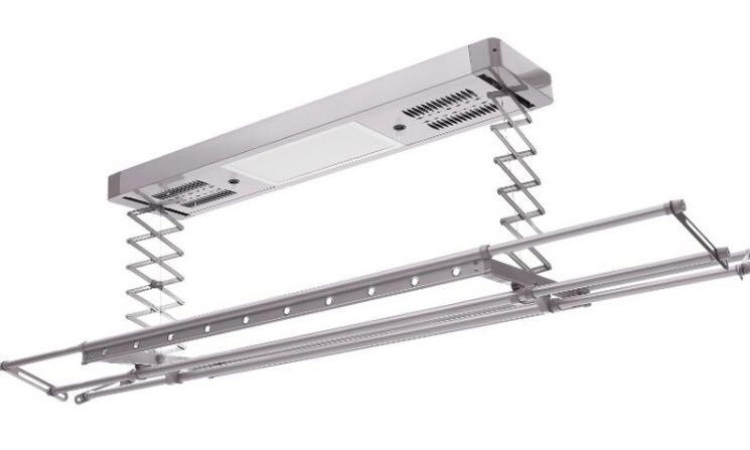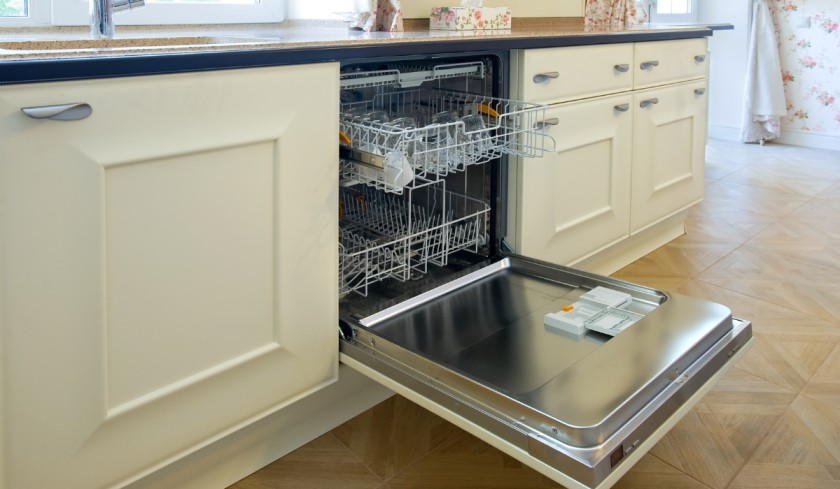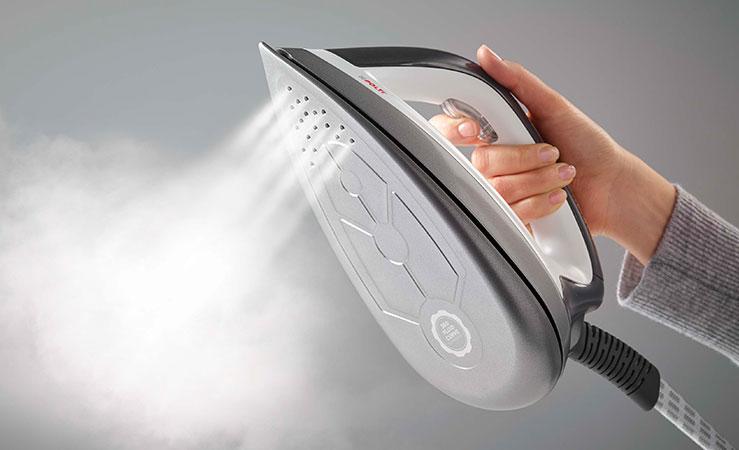Loading: Dishes are loaded into racks, typically arranged for maximum efficiency.
Pre-Rinse (Optional): Some newer models eliminate the need for pre-rinsing, but heavily soiled dishes may benefit from it.
Water and Detergent Dispensing: The machine releases detergent and fills with water heated to an optimal temperature (usually between 120°F and 160°F).
Washing Cycle: Jets spray the detergent-water mixture over the dishes, breaking down grime.
Rinsing Cycle: Clean water rinses off detergent residue.
Drying: Dishes are dried using heated air, fans, or condensation.
Saves Time: Automates dishwashing, freeing up time for other tasks.
Hygienic: High temperatures kill bacteria more effectively than handwashing.
Water Efficient: Modern dishwashers use less water than handwashing, reducing environmental impact.
Energy Efficient: New models often have energy-saving features.
Description: Installed under the kitchen counter and connected to plumbing.
Pros: Seamless integration with the kitchen; usually larger capacity.
Ideal For: Permanent homes with a designated kitchen space.
Description: Freestanding units with wheels, can be moved and connected to the kitchen faucet.
Pros: No permanent installation needed; flexible placement.
Ideal For: Rental properties or kitchens without space for built-in models.
Description: Compact units that sit on the countertop and connect to the faucet.
Pros: Small, affordable, and energy-efficient.
Ideal For: Singles, couples, or kitchens with limited space.
Description: Single or double pull-out drawers instead of traditional doors.
Pros: Flexible use; run small loads in one drawer.
Ideal For: Smaller households or people wanting to save water and energy.
Description: A type of built-in dishwasher designed to blend seamlessly with kitchen cabinets using custom panels.
Pros: Stylish and unobtrusive design.
Ideal For: Modern kitchens with a sleek aesthetic.
Description: Slim models (18 inches wide) designed for tight spaces.
Pros: Saves space while providing good capacity for smaller households.
Ideal For: Apartments or small kitchens.
Clean the filter regularly to prevent clogs.
Check and clean spray arms for blockages.
Use the appropriate type and amount of detergent.
Run a cleaning cycle monthly with dishwasher cleaner or vinegar.
Quiet operation, durability, and energy efficiency.
Stainless steel interiors, innovative rack systems, and high-end drying technologies.
Superior build quality, advanced features, and longevity.
Unique wash programs, innovative drying, and user-friendly designs.
Powerful cleaning performance and stylish designs.
Adjustable racks, robust motors, and effective drying systems.
High-capacity dishwashers with luxury features.
Flexible racks, efficient drying systems, and Wi-Fi connectivity.
Sleek design and smart technology integration.
Auto-release doors for drying, Wi-Fi capabilities, and quiet operation.
Innovative technology and reliable performance.
QuadWash arms, Turbo cycles, and smart diagnostics.
Dependability and affordability.
Easy-to-use controls, sensor cycles, and efficient cleaning.
Wide range of models with practical features.
Piranha hard food disposer, steam cleaning, and customizable cycles.
Affordable models with essential features.
Energy-efficient cycles, simple designs, and quick wash options.
Basic functionality at a low price.
Straightforward controls and reliable cleaning for small households.
European-style dishwashers at budget-friendly prices.
Compact designs, energy efficiency, and quiet operation.
Drawer-style dishwashers.
Flexible loading, modern designs, and energy-efficient operation.
Scandinavian design and heavy-duty models.
Durable construction, efficient cycles, and quiet operation.
Time-Saving: Dishwashers automate the cleaning process, saving time compared to washing dishes by hand.
Efficiency: Modern dishwashers use less water and energy than handwashing, which can be more environmentally friendly and cost-effective in the long run.
Better Cleaning: High water temperatures and specialized cycles sanitize dishes better than handwashing, removing bacteria and germs effectively.
Convenience: You can load and unload dishes all at once, freeing you from the task of constantly washing dishes during meal prep.
Improved Hygiene: Dishwashers often use higher temperatures than hands can tolerate, helping to kill germs and bacteria more effectively.
Quiet Operation: Many modern dishwashers operate very quietly, especially compared to the sound of handwashing and drying.
Consistent Results: Dishwashers can consistently clean dishes well, especially with the right detergent and cycle, reducing the risk of missed spots.
Initial Cost: Dishwashers can be expensive to purchase, install, and maintain, especially high-end models with advanced features.
Space Requirements: Built-in dishwashers require significant space and plumbing connections, making them impractical for small kitchens or rental properties.
Energy Usage: While dishwashers are generally energy-efficient, older models or those with inefficient cycles may consume more energy than handwashing.
Water Usage (if not efficient): Dishwashers can use more water than handwashing if not properly chosen or used (older models may waste more water).
Dishwasher-Specific Items: Some delicate items (like fine china, wooden utensils, or certain plastics) might be damaged by the high heat and aggressive cleaning cycles in dishwashers.
Maintenance and Repairs: Dishwashers require regular maintenance (like cleaning filters and spray arms) and can require costly repairs when something goes wrong (e.g., drainage issues).
Longer Wash Time for Some Cycles: Some cycles can take a long time (up to 2-3 hours), especially if using energy-saving or sanitizing options.







